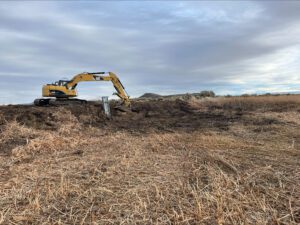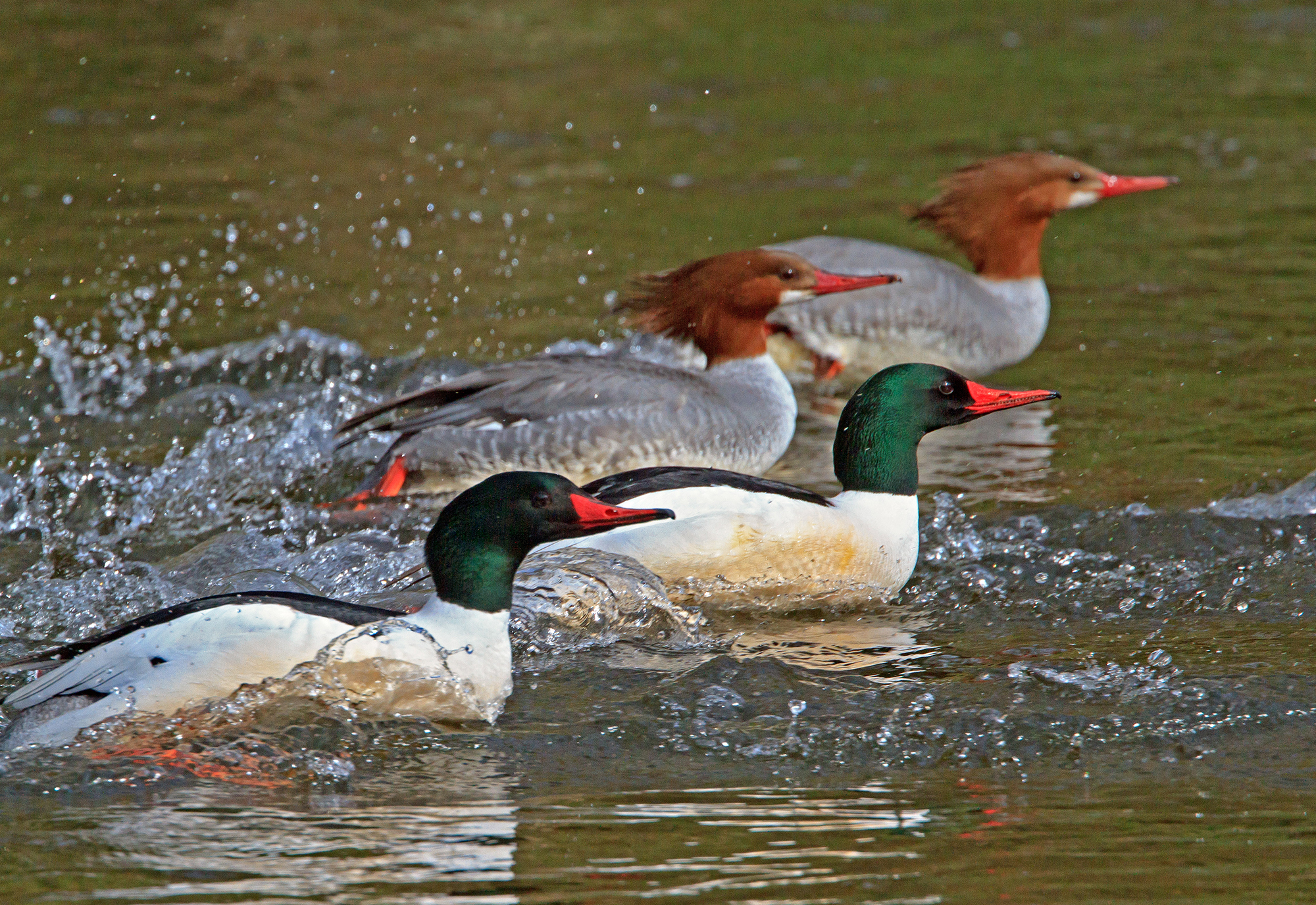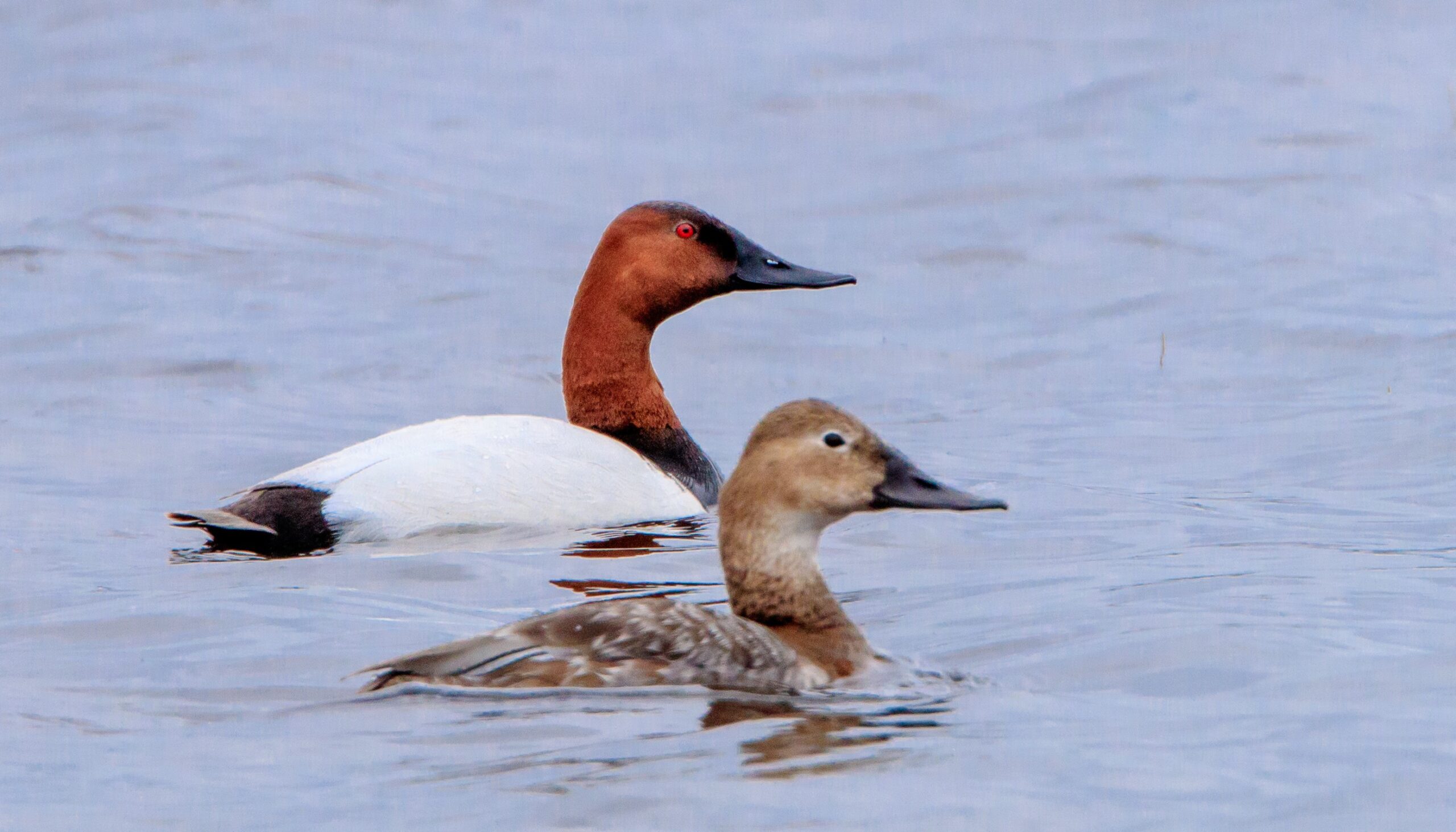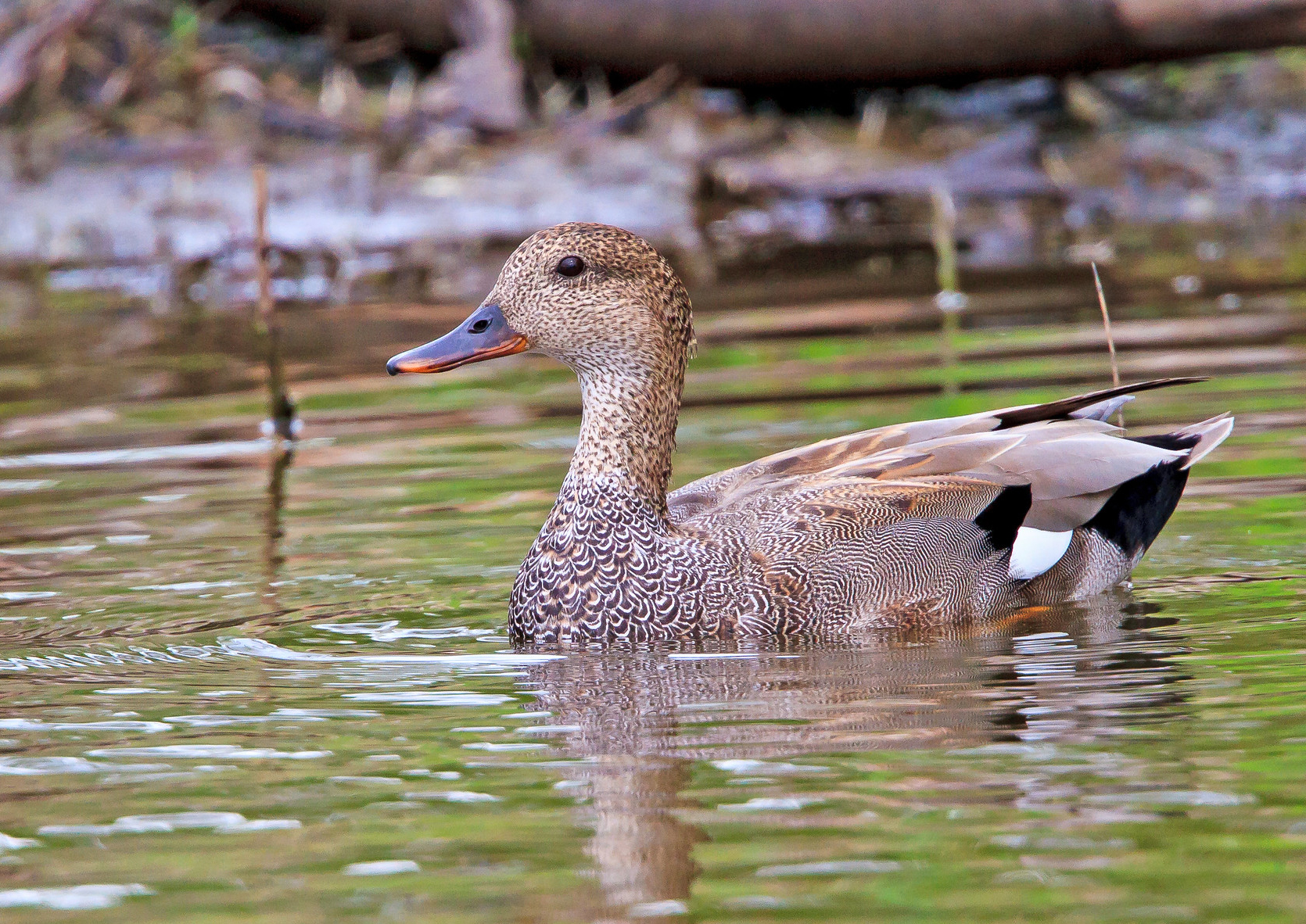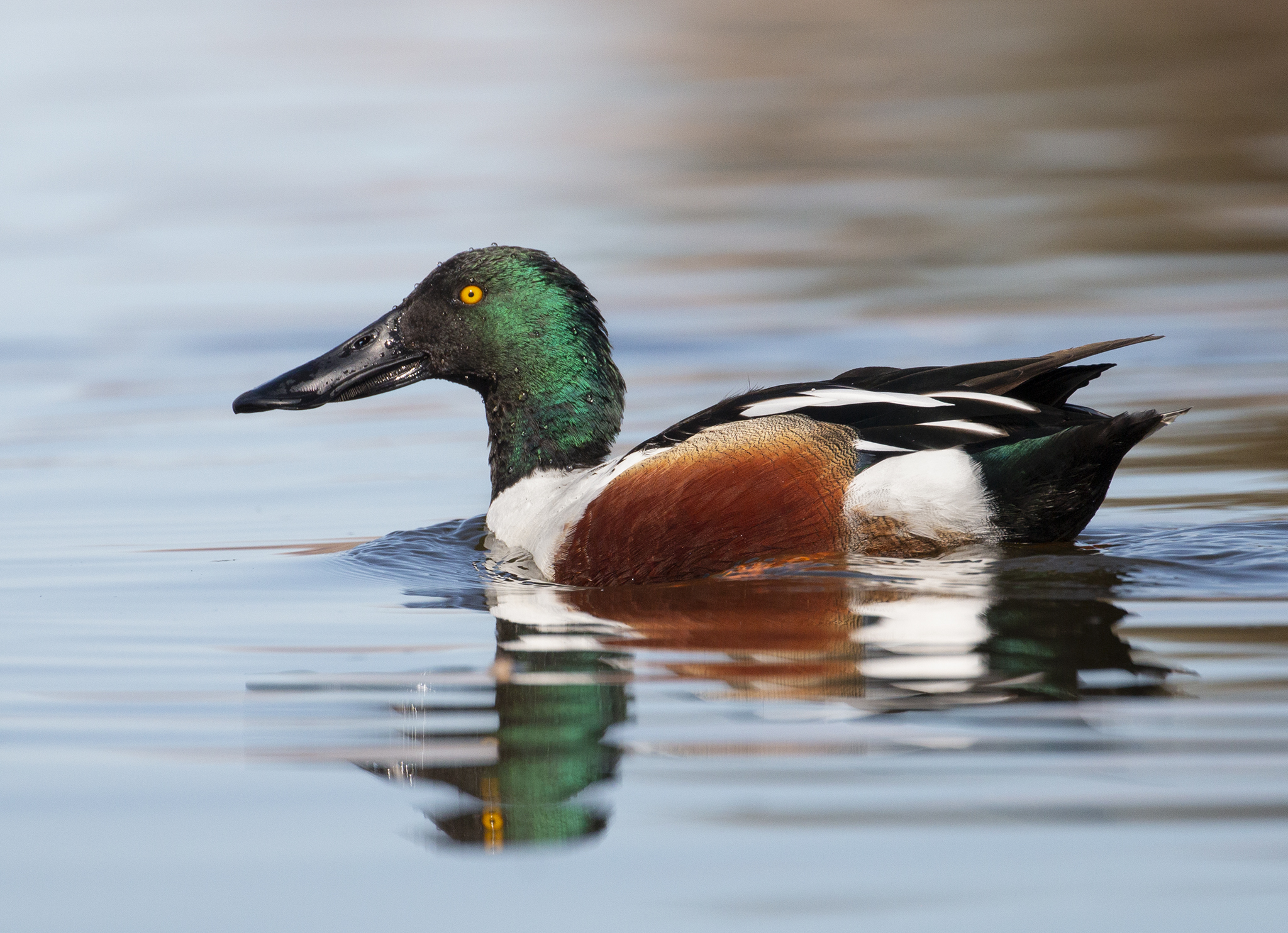Written by Peter Pearsall/Photo by Peter Pearsall
The Western burrowing owl (Athene cunicularia hypugaea) is a ground-dwelling owl that inhabits areas of short vegetation and bare ground, including deserts, grasslands and shrub-steppe across the West. In Oregon, they are usually associated with sagebrush-steppe, grasslands, pastures, roadsides, and other areas characterized by sparse vegetation and level terrain. East of Oregon’s Cascade Range, burrowing owls are known to breed in all or nearly all of Oregon’s counties, being most common in Wasco, Morrow, Umatilla, Malheur, Harney, and Lake counties.
Its common name refers to the fact that this owl nests and roosts in underground cavities. While capable of small amounts of earth-moving with their taloned feet, burrowing owls usually seek out the previously dug cavities of burrowing mammals (such as ground squirrels, kit foxes or badgers) in which to take residence and raise young.
Burrowing owls spend much of their time on or near the ground, where their spotted buff-brown plumage keeps them relatively inconspicuous as they stand outside their burrows or perch in low vegetation. Always alert to potential danger, the rounded heads of these owls swivel about fluidly, their bright yellow, forward-facing eyes constantly surveying their surroundings.
These small, long-legged owls—seven to ten inches from head to tail—prey on a wide variety of small animals including rodents, reptiles, amphibians and insects, which they capture with their feet and usually ingest whole. They sometimes employ a hovering flight to scan the ground below for prey; they also sally to the ground from perches to chase and capture prey on foot.
Unlike many owl species, burrowing owls may be active both day and night. In the height of summer, they tend to forage more at night, when temperatures are cooler. Similarly, their active period shifts to a more diurnal schedule as daytime temperatures drop in fall and winter.
Burrowing owls do not “hoot” in the traditional owl sense, but males give a two-note coo-coo song when courting a mate. Both sexes give a barking alarm call when intruders approach a nest burrow. When young burrowing owls are threatened, they retreat underground and make a harsh rasping or hissing sound. From the confines of the burrow, this sound very closely resembles the rattle of a disturbed rattlesnake and probably serves to deter predation.
During the Geological Exploration of the Fortieth Parallel, which began in northeastern California and went through Nevada to southern Utah from 1867 to 1872, the expedition’s then-teenaged ornithologist, Robert Ridgway, remarked that “Although the ‘Ground Owl’ was found at widely-separated places along our entire route, it was abundant at very few locations…Eastward of the Sierra Nevada we found it only at wide intervals.” That description is perhaps even truer today, as burrowing owl populations across western North America are seeing declines, primarily due to habitat loss from land conversions for agricultural and urban development, as well as habitat degradation and loss due to reductions of native burrowing mammal populations.




